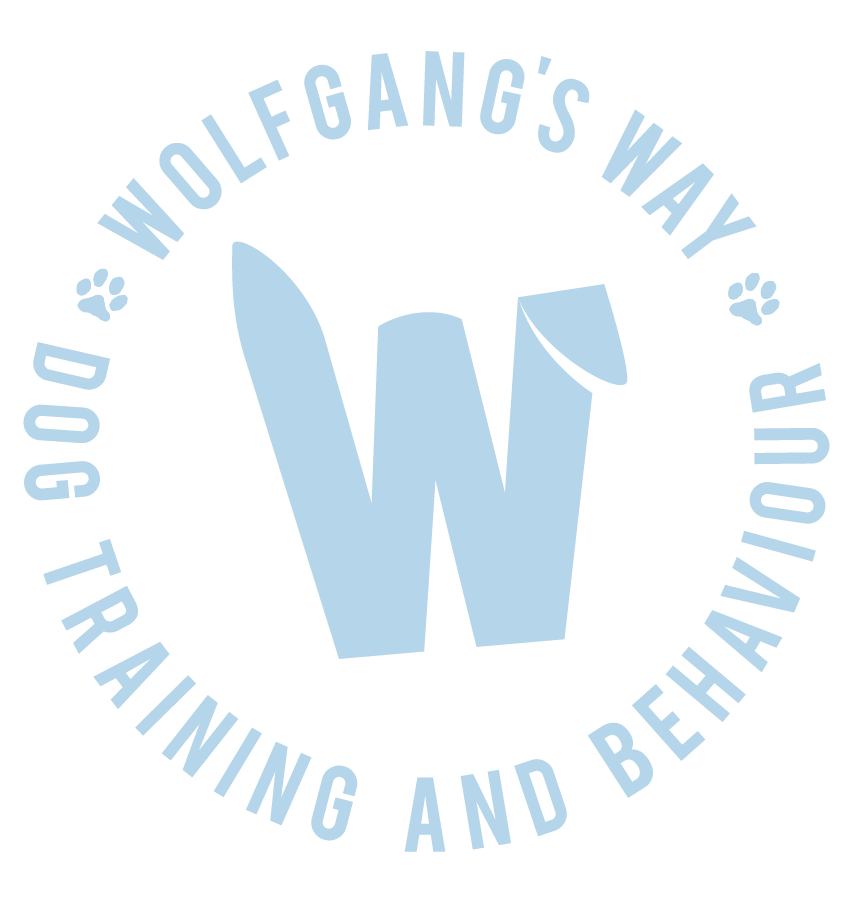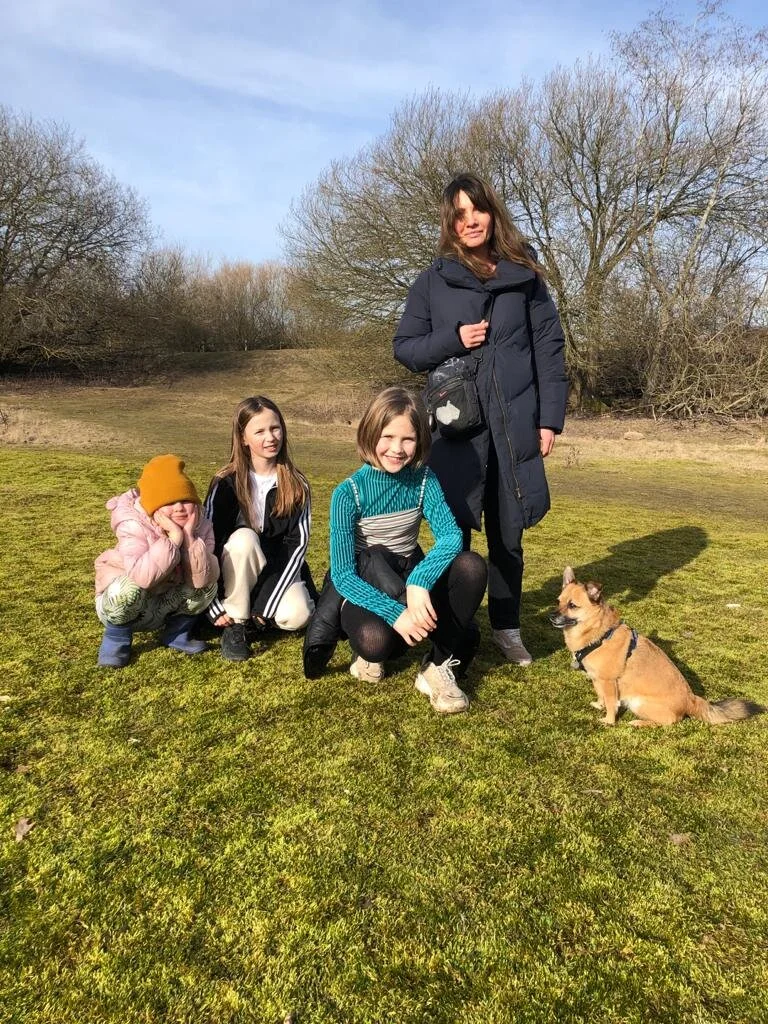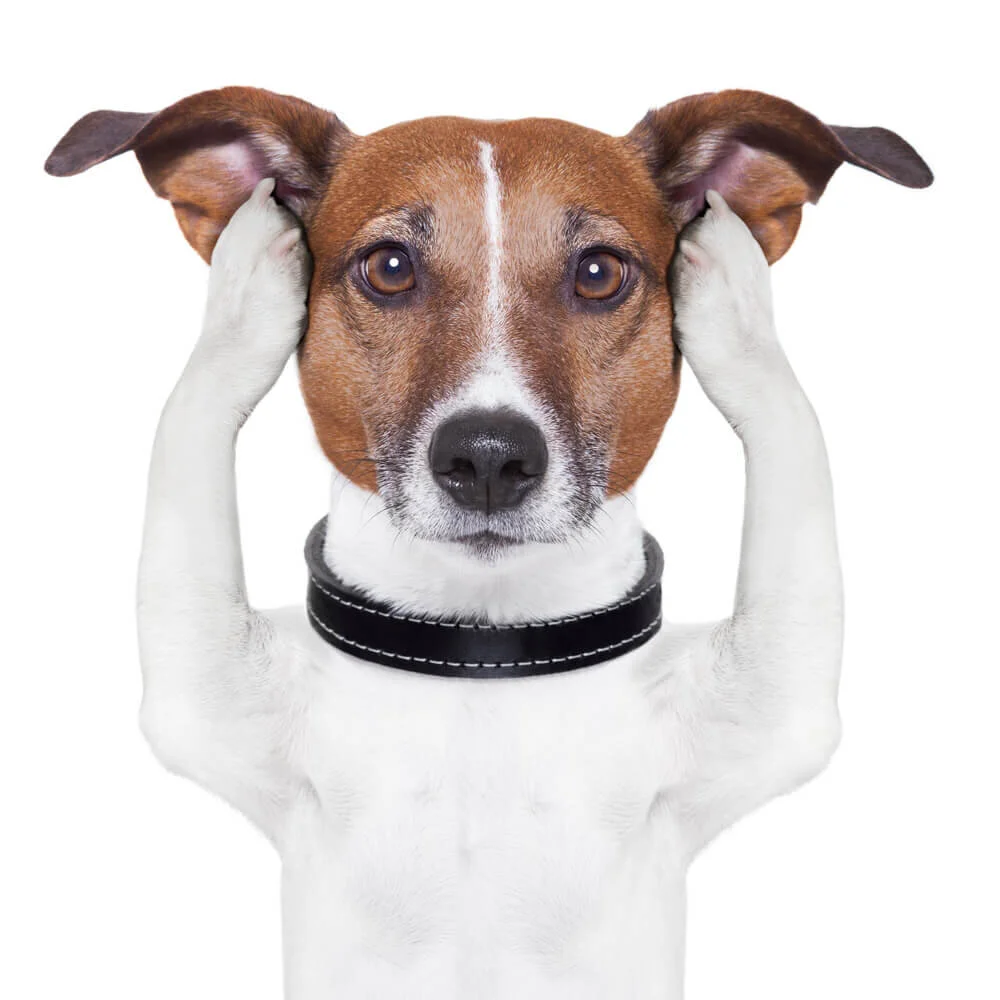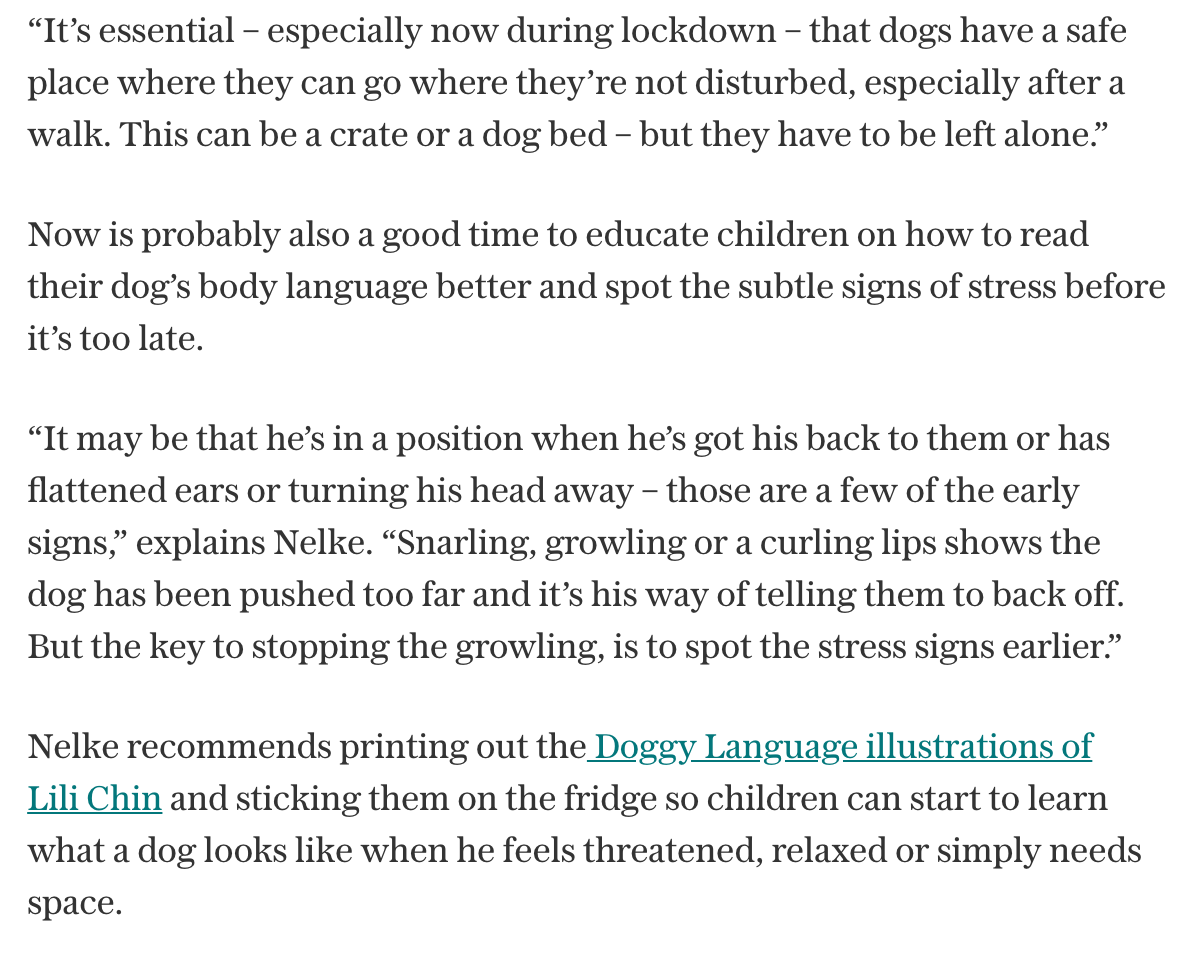THIS WAY..for when you need to direct your dog in a general direction but don’t need them to come to you.
I use this verbal cue when the dog is off-lead to let her know “to come in my general direction” as well as for on-lead, as an ‘emergency exit’ behaviour to quickly get out of a potentially tricky situation.






